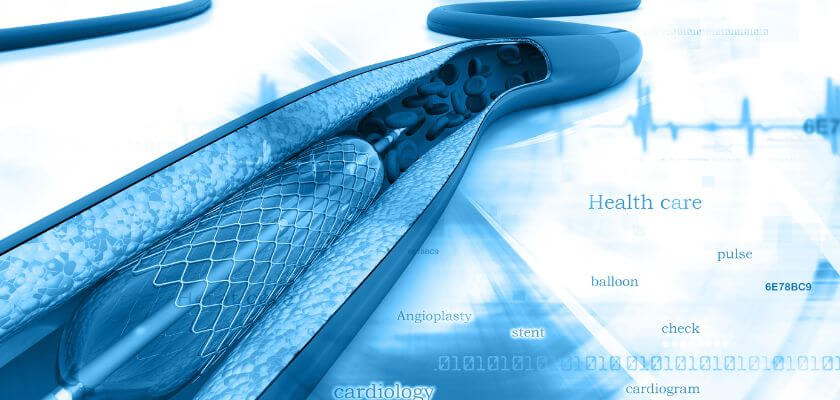
Ensuring Excellence: Decoding Medical Device CE Marking
Unlock the realm of regulatory excellence with the CE Marking for Drug-Device Combination, as outlined in Article 117. In the dynamic landscape of healthcare innovation, Article 117 stands as the guiding beacon for manufacturers seeking approval for their groundbreaking drug-device combination products. Some drug device combination products examples have been mentioned below for your understanding. Crafted with precision and insight, this section heralds a new era of compliance, ensuring the seamless convergence of pharmaceuticals and devices.
In Europe, where healthcare standards are rigorous and expectations are high, the CE Marking for Drug-Device Combination (Article 117) becomes a cornerstone for market entry. However unlike US, the EU has no combined legal framework for such combination devices resulting into the device being either regulated as a medicinal product or a medical device with the primary mode of action driving the regulatory pathway.
In Europe, the evaluation process involves the participation of entities such as the EMA, the national competent authorities responsible for the medicinal product aspect, and the Notified Bodies responsible for assessing the device component.
Drug Device Combination Products- Definition & Overview
What are Some Drug Device Combination Products Examples?
- Insulin pump – A device that delivers insulin to patients with diabetes. It combines a small pump with an infusion set, allowing for continuous insulin delivery.
- Drug-eluting stents – Stents are devices used to treat blocked arteries. Drug-eluting stents are coated with medication that helps prevent the reblockage of the artery following the procedure.
- Transdermal patches – These are devices that deliver medications through the skin in a controlled and continuous manner. They are commonly used for hormone replacement therapy, nicotine replacement therapy, and pain management.
- Inhalers – Devices used to deliver medication directly to the lungs. They are commonly used to treat asthma and other respiratory conditions.
- Drug-eluting implants – These are implants that release medication over an extended period of time. They can be used for various purposes, such as contraception or treating certain types of cancer.
- Drug-coated balloons – These balloons are used to dilate blocked blood vessels. They are coated with medication that is released directly to the affected area, helping to prevent reblockage.
- Infusion pumps – These devices are used to deliver medications, fluids, or nutrients directly into a patient’s bloodstream. They are commonly used in hospitals and other healthcare settings.
- Drug-releasing contact lenses – These contact lenses are coated with medication to treat various eye conditions, such as glaucoma or dry eye syndrome.
- Drug-filled bone cement – This is a mixture of medication and cement used during orthopedic surgeries, such as joint replacements. The medication helps prevent infection and improves patient outcomes.
- Drug-delivery patches – These patches deliver medications through the skin in a controlled manner. They can be used for pain relief, anti-inflammatory treatments, or hormone therapy.
First step as a manufacturer of drug-device combination products when looking for CE marking
Notified Body Opinion Report (NBOp)
Article 117 specifically states that for combination products (medicinal products that include a device component integral to the medicinal product’s performance), the marketing authorization application must include a “Notified Body Opinion.”
The Notified Body Opinion is a statement provided by a Notified Body, which is an organization designated by an EU member state to assess the conformity of certain products before they are placed on the market. In the context of Article 117, the Notified Body provides an opinion on the conformity of the device component of the combination product.
The Notified Body provides its opinion to the national competent authorities responsible for medicinal products. This allows for collaboration between the Notified Body and the competent authorities in evaluating the conformity of the device component.
The notified body then confirms whether the device is compliant with the relevant General Safety and Performance Requirements (GSPR) and provides an NBOp Report to the manufacturer to include in the Market Authorisation Application (MAA).
Below you will find a list of national competent authorities that can offer opinion on the medicinal part of the device:
| National Competent Agency | Contact information |
|---|---|
| FAMHP (BE) | STA.meddev@fagg-afmps.be |
| SÚKL (CZ) | blanka.hirschlerova@sukl.cz |
| Bfarm (DE) | Gabriele.Eibenstein@bfarm.de |
| PEI (DE) | innovation@pei.de |
| DKMA (DK) | med-udstyr@dkma.dk |
| AEMPS (ES) | combiprod@aemps.es |
| ANSM (FR) | anne.driheme@ansm.sante.fr |
| EOF (GR) | inter.rel@eof.gr |
| HPRA (IE) | info@hpra.ie |
| MEB (NL) | medicaldevices@cbg-meb.nl |
| URPL (PL) | monika.oracz@urpl.gov.pl |
| INFARMED (PT) | infarmed@infarmed.pt |
| ANMDM (RO) | dgdm@anm.ro |
| MPA (SE) | registrator@lakemedelsverket.se |
Please note that regulatory information is subject to updates, and it’s important to consult the latest version of the EU Medical Device Regulation and guidance documents issued by competent authorities for the most current and accurate information. If you have specific questions or need detailed guidance on Article 117, please contact us for further information.
Embark on a journey through the intricacies of Article 117, where regulatory pathways intertwine to bring forth drug-device combination products that redefine therapeutic possibilities. Navigate through the nuances of compliance without the need for complicated unlocking processes, as clarity and transparency take center stage in the quest for CE Marking.
